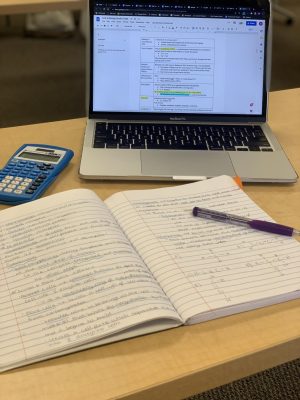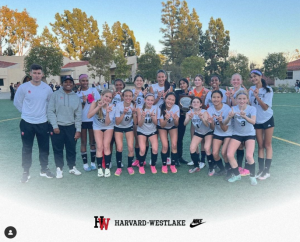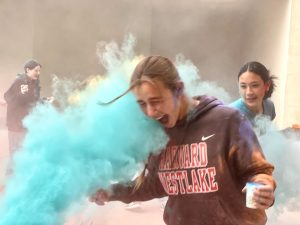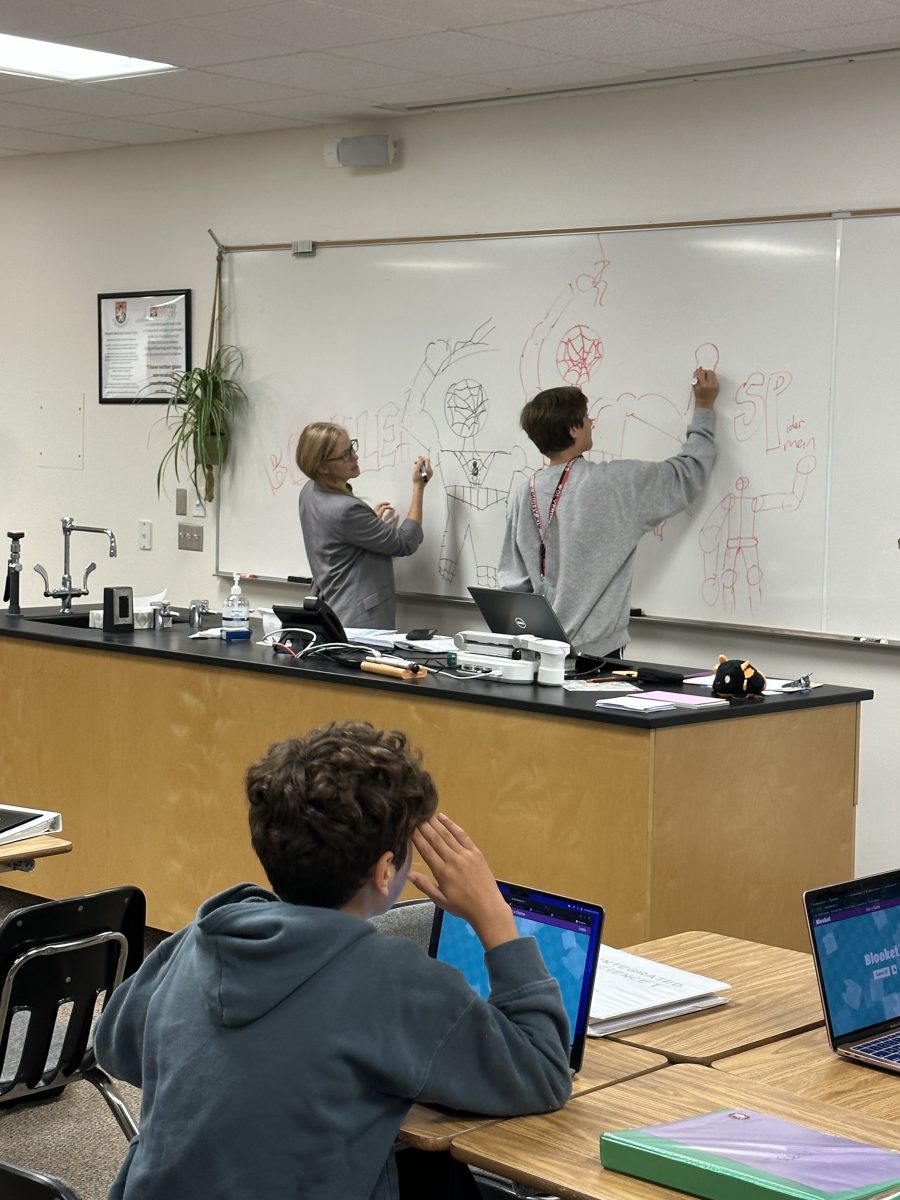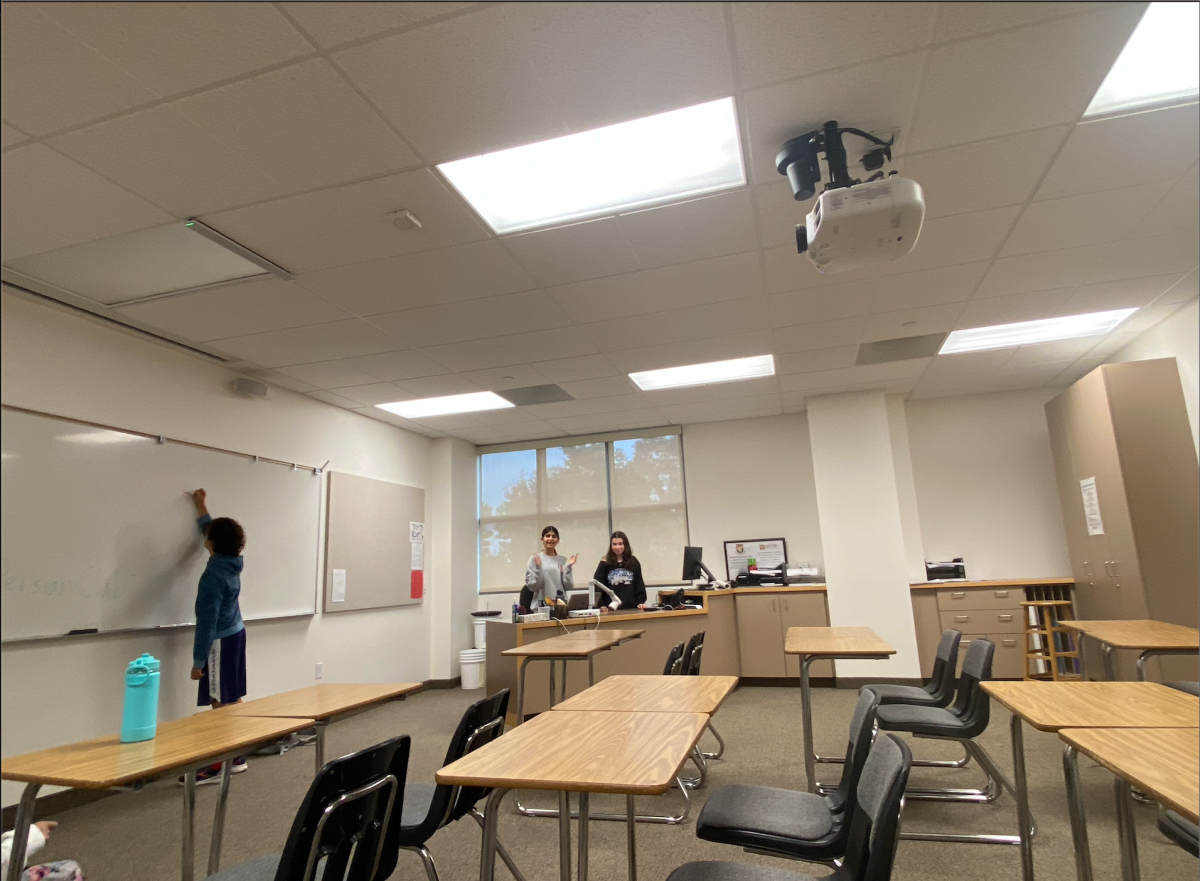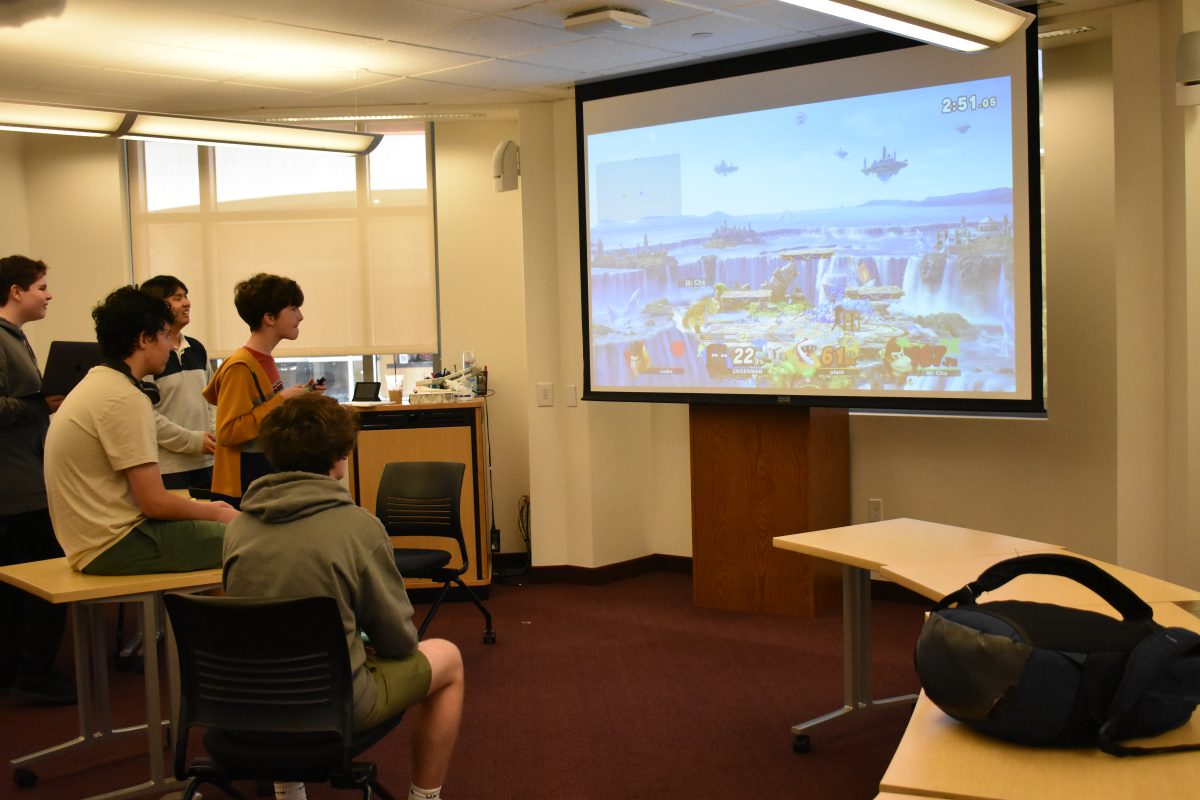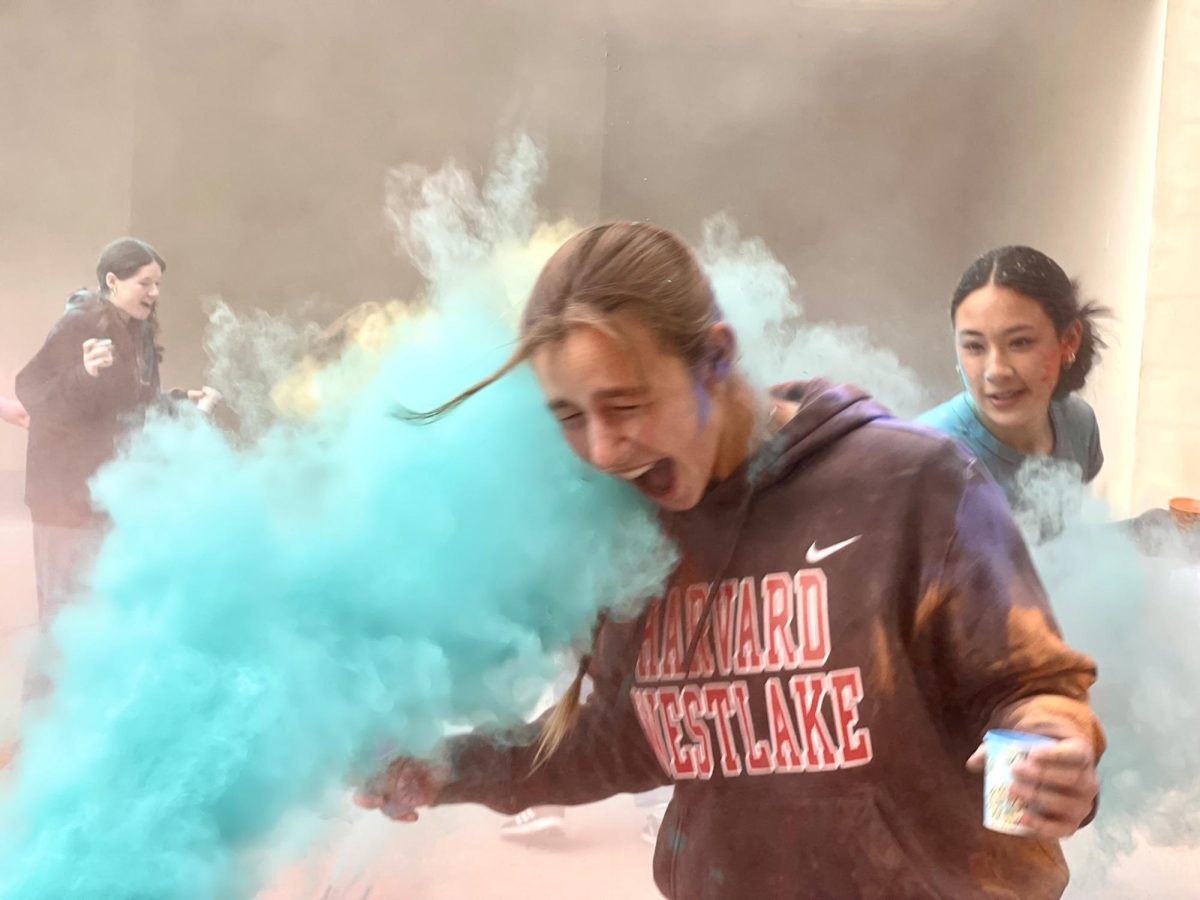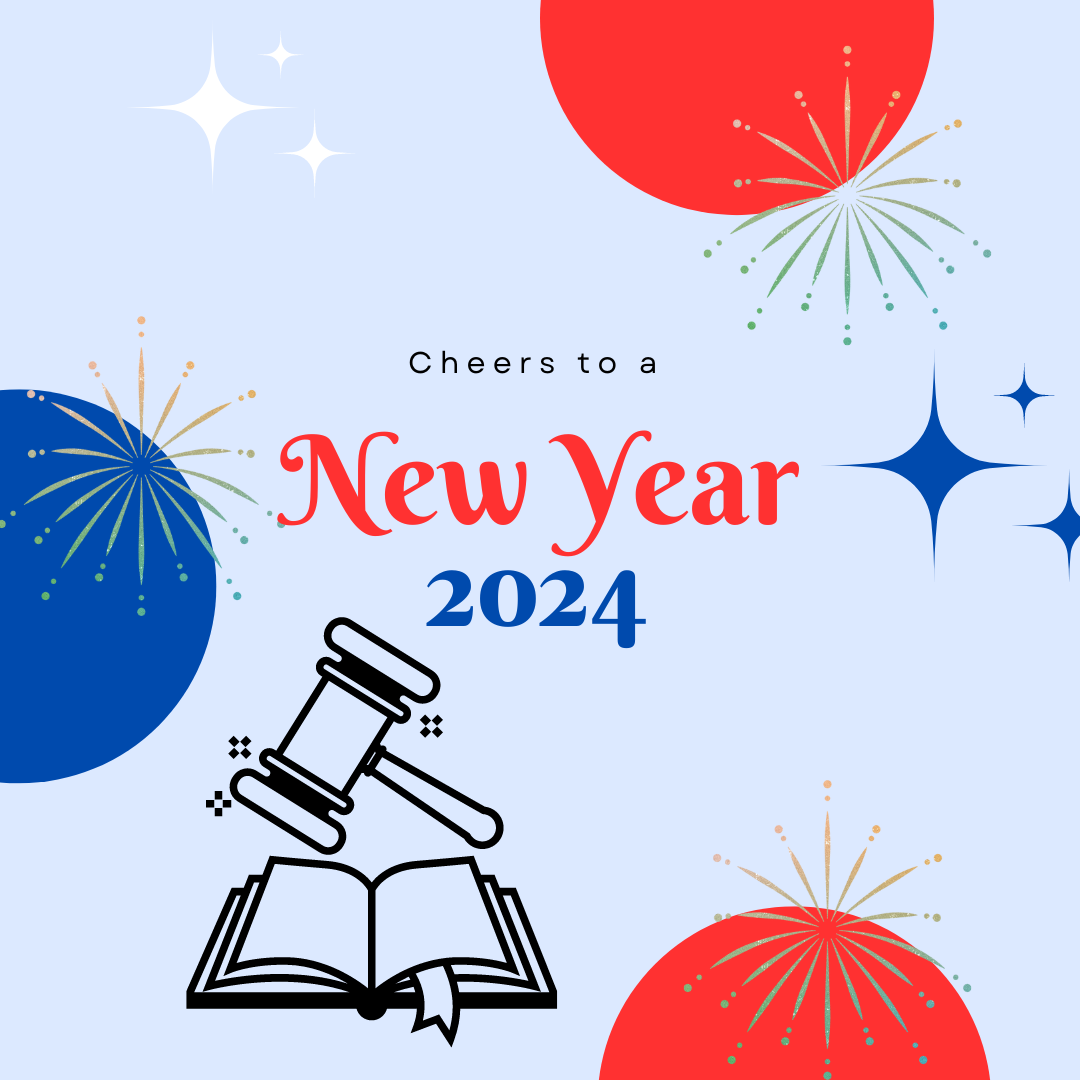Feb. 14 marked one year since the mass shooting in Parkland, Florida. Valentine’s Day, which should be a happy occasion, is now dedicated to remembering the 17 lives lost in this tragic shooting at Marjory Stoneman Douglas High School. Those who lost their lives during the Parkland shooting have not been forgotten; in the past year, state legislatures have tightened 69 gun restrictions, a huge increase from previous years, due to the millions of people demanding change after Parkland. The House of Representatives passed significant gun control legislation for the first time in over two decades as well.
The major goal of this student-led movement was to achieve stricter gun laws, especially those concerning access to assault rifles. State legislatures passed 69 gun restrictions this year, an accomplishment for activists. The majority of states were able to implement new gun control regulations in order to prevent future mass shootings. According to an annual report by national advocacy group Giffords Law Center, more than half of the country passed at least one law restricting gun rights or usage.
There was a decrease in measures which loosened gun restrictions and supporting the Second Amendment as well. In Republican-controlled state legislatures, it is common to see some measures in support of gun rights and laws which loosen gun restrictions. However, as a direct result of this movement, the number of these laws has gone down during the past year. Laws which address domestic abuse, bump stocks and background checks also increased because of the gun control movement in the last year in order to restrict access to guns and prevent abusers from obtaining guns.
California, Washington, Florida, Hawaii, Illinois, Vermont and the District of Columbia have passed laws which raised the the minimum age for purchasing certain guns from 18 to 21 years old. Many of the laws regarding the minimum age to purchase guns took effect on Jan. 1. This new regulation should reduce the risk of a student purchasing a gun or bringing a weapon to school.
States including Vermont, New Jersey and Florida passed more gun laws than other states in the past year, many coming in March or April immediately following the shooting in Parkland. This is especially notable in Florida, which previously had very few gun control laws. Florida state lawmakers responded to the increasing pressure to act on gun control after Parkland with multiple new measures and successfully passed a high number of laws.
In California, at least six gun laws were enacted in 2018. While California is already known for its tough stance on gun control, Governor Gavin Newsom promised to “raise the bar” on state laws in 2019. California Assembly Bill 3129 placed a lifetime ban on gun ownership or possession for individuals who were convicted of a misdemeanor domestic violence offense or for battery on a spouse or cohabitant when it was signed; the previous state law was a 10 year ban. Additionally, California Assembly Bill 1968 has now put a lifetime ban on firearm ownership for individuals involuntarily admitted to a mental health facility.
Other states which passed notable gun control laws this year include Oregon, Washington and Rhode Island. In Oregon, Governor Kate Brown signed legislation on March 5, 2018 which banned people convicted of stalking or domestic violence, or those under a restraining order, from buying or owning guns and ammunition. Meanwhile, on March 6, 2018, Washington Governor Jay Inslee signed a bill banning the sale and use of bump stocks. Rhode Island was the first state to establish a “red flag” policy on guns with an executive order immediately after Parkland. Several other states including Connecticut, California, Washington, Oregon and Indiana have followed Rhode Island’s lead and created similar “red flag” policies.
Additionally, gun control activist groups in the United States outspent gun rights groups in 2018. In previous years, political groups such as the National Rifle Association (N.R.A.), whose goal is to loosen gun restrictions spent significantly more money than gun control groups, but after the shooting in Parkland, gun control groups spent 11.9 million dollars to gun rights groups’ 9.7 million dollars in spendings according to the Center for Responsive Politics. This shows a shift in activists’ goals because more funding was put into achieving stricter gun laws after the school shooting.
Statistics from the N.R.A. even show a similar trend of gun restrictions increasing during the past year. According to a gun control group called Everytown for Gun Safety, which was created by former New York City mayor Michael Bloomberg, legislators have rejected approximately 90 percent of state-level bills supported by the N.R.A.
Furthermore, these new laws were passed in both Republican- and Democrat-controlled state legislatures, according to Gifford’s report. Gun control is an issue that usually receives more attention from Democrat-controlled states because gun control is generally seen as a more liberal concern; however, this year 20 gun laws were enacted by Republican-controlled states and only nine gun laws loosened restrictions in these states.
After much pressure from activists, the House of Representatives finally passed gun control legislation last month. This bill mandates federal criminal background checks for all gun sales. Background checks prevent felons and domestic abusers from purchasing guns which will likely prevent mass shootings; this response to gun violence is a major step for activists. The House, which has a Democratic majority, passed the bill with a 240-190 vote. However, this bill still must pass the Senate, which has a Republican majority, and must be signed by President Trump, who has voiced his opposition to gun control legislation, before it becomes a law.
Not only did Parkland lead to major changes concerning gun control laws, it began a culture of student activists successfully leading movements and making a difference. Following the shooting, survivors rallied together and catalyzed a monumental movement towards achieving more gun control measures. Sadly, many mass shootings are generally ignored or dismissed as yet another tragedy, but Parkland stands out as it led to these valuable changes in government and in gun laws and rights.
The teenagers leading this movement utilized social media in order to reach more audiences and spread awareness for their cause. This was a key difference from previous gun control movements, which were primarily lead by adults.
The movement began after the school shooting when a student posted a message directed towards President Trump which rejected his condolences. After this message, the survivors continued to work towards better gun control laws, determined to make their voices heard. Students proceeded to hold a “lie-in” in front of the White House, arrange a national school walkout on March 14, 2018, only one month after the shooting, and organize the March for Our Lives, a massive national protest. More than 2 million Americans participated in the March for Our Lives on March 24, 2018.
Though there is still much work to be done in order to achieve tighter gun restrictions, the year since Parkland was a turning point. The resulting rise in activism has brought about many changes in states’ gun laws in an effort to prevent more devastating mass shootings.
